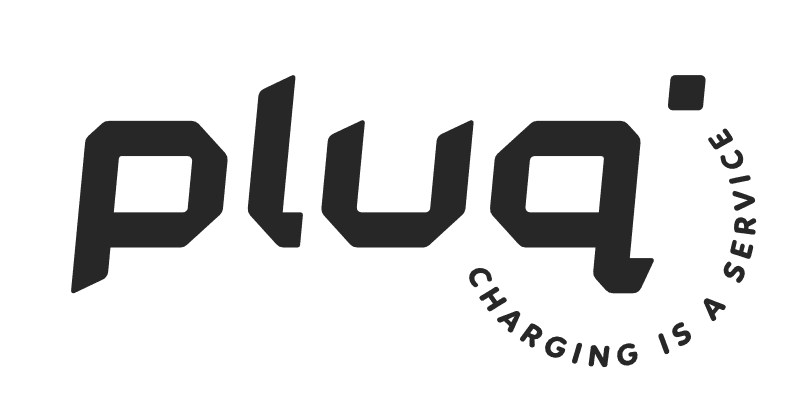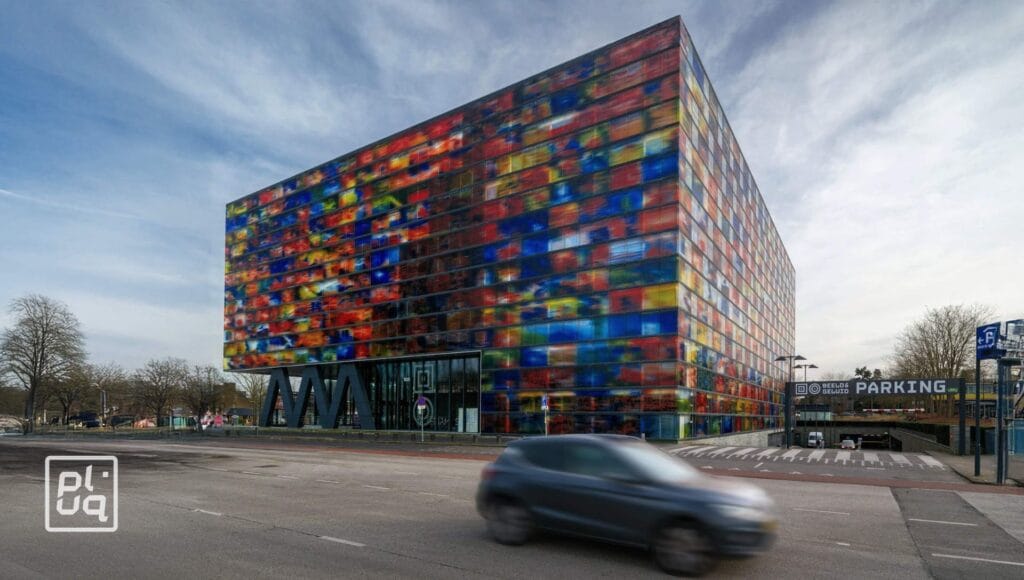The revised European Energy Performance of Buildings Directive (EPBD IV), finalized in June 2024, brings major sustainability requirements for property owners and developers across Europe. One of the key changes? A significant push for better electric vehicle (EV) charging infrastructure.
From 2025 onwards, non-residential buildings with more than 20 parking spaces must have at least one EV charging point, and the expectations keep rising.
What’s changing under EPBD IV?
Starting in 2025, all new commercial buildings—and existing ones undergoing major renovations—must install at least one charging point with a single socket. They must also include pre-installed conduits to allow for future expansion. This applies to offices, retail spaces, factories, schools, business parks, apartment complexes, and homeowners’ associations (VvEs).
Even more importantly, these charging points must be publicly accessible, regardless of their location on private property.
Why is EV charging now required?
The goal is straightforward: to encourage more people to drive electric. The European Commission and the Dutch government aim to remove barriers to the adoption of electric vehicles (EVs). By 2030, the Netherlands alone will need over 1.8 million public and semi-public charging stations. A robust charging infrastructure is essential for achieving climate goals and reducing dependence on fossil fuels.
It’s not just about plugging in.
Installing charging points is about more than placing a charger. It’s often tailored work that includes:
- Visitor access
Charging stations are increasingly set up for external users, similar to public chargers. This includes private sites, such as company parking lots. Smart meters, QR codes, charge cards, and credit card access allow seamless, paid use by visitors. - Load balancing
Smart charging with load balancing helps avoid expensive grid upgrades. It keeps the energy demand in check and ensures the system runs efficiently without overloading the power supply. - Cybersecurity and data protection
Under EPBD IV, every charger must include secure metering and strong data security. That means protection against hacking or system failures, especially when chargers are part of a broader energy or building management system.
What does EPBD IV mean in the long term
- From 2030: All new buildings must be Zero Emission Buildings (ZEB)
- By 2050, The entire built environment must be emission-free
- From 2028: Public buildings must already be ZEB
- Lifecycle emissions (GWP) must be calculated from 2028 (for large and government buildings) and 2030 (for all buildings)
- New standards will address indoor air quality, accessibility, climate adaptation, fire safety, and even earthquake resistance.
- Fossil-fueled heating will be phased out by 2040
- Solar panels and charging points will be mandatory for public and commercial buildings from the start of EPBD IV.
How Pluq helps you stay ahead
Installing EV chargers doesn’t have to be complicated or expensive. At Pluq, we offer a simple solution. We install and manage charging stations for free. That includes hardware, installation, groundwork, grid connections, software, and maintenance. Everything. But we go further. We help you optimize energy use across your site. Your building becomes future-ready, EPBD-compliant, and more valuable.
Are you ready for EPBD IV?

